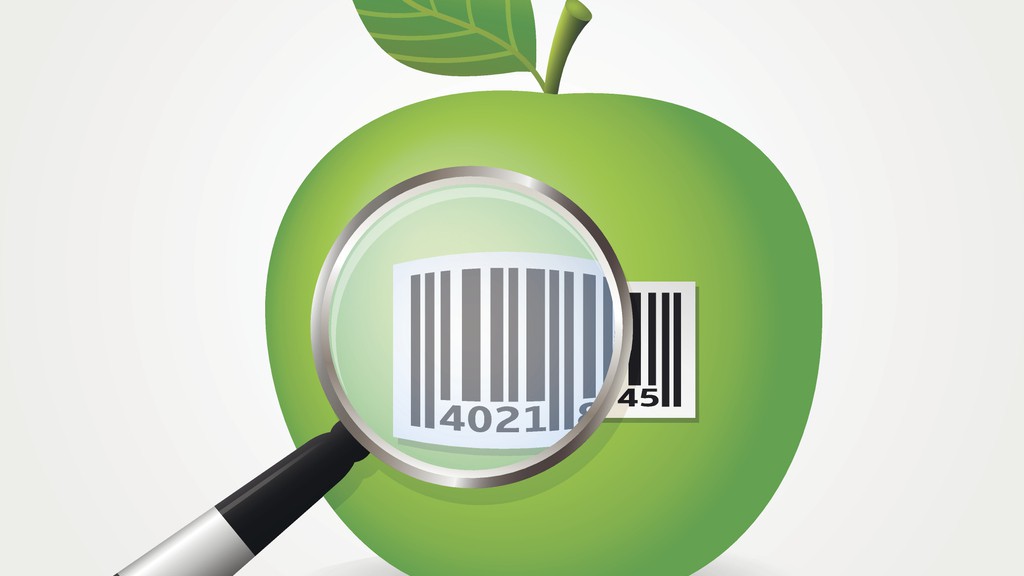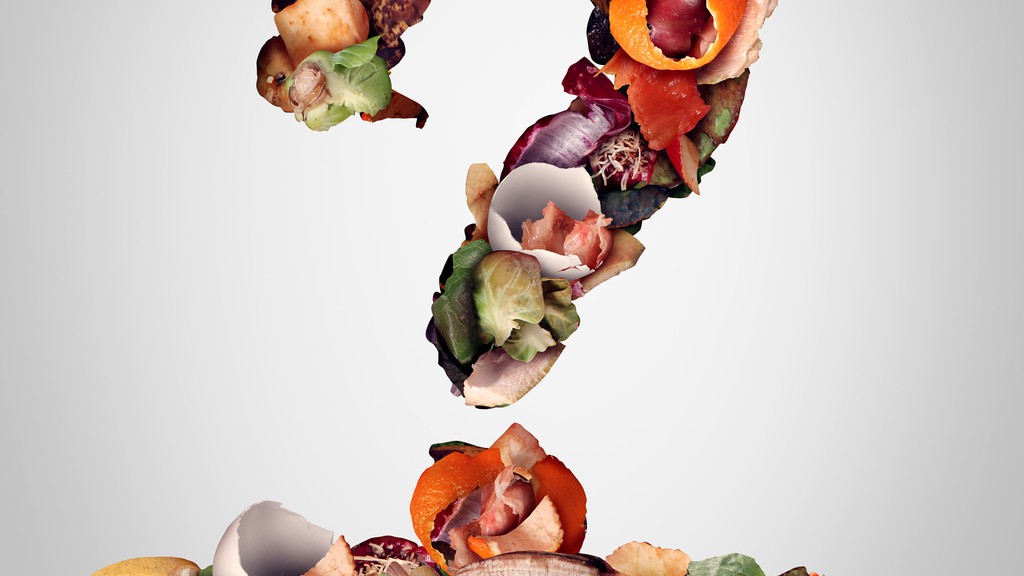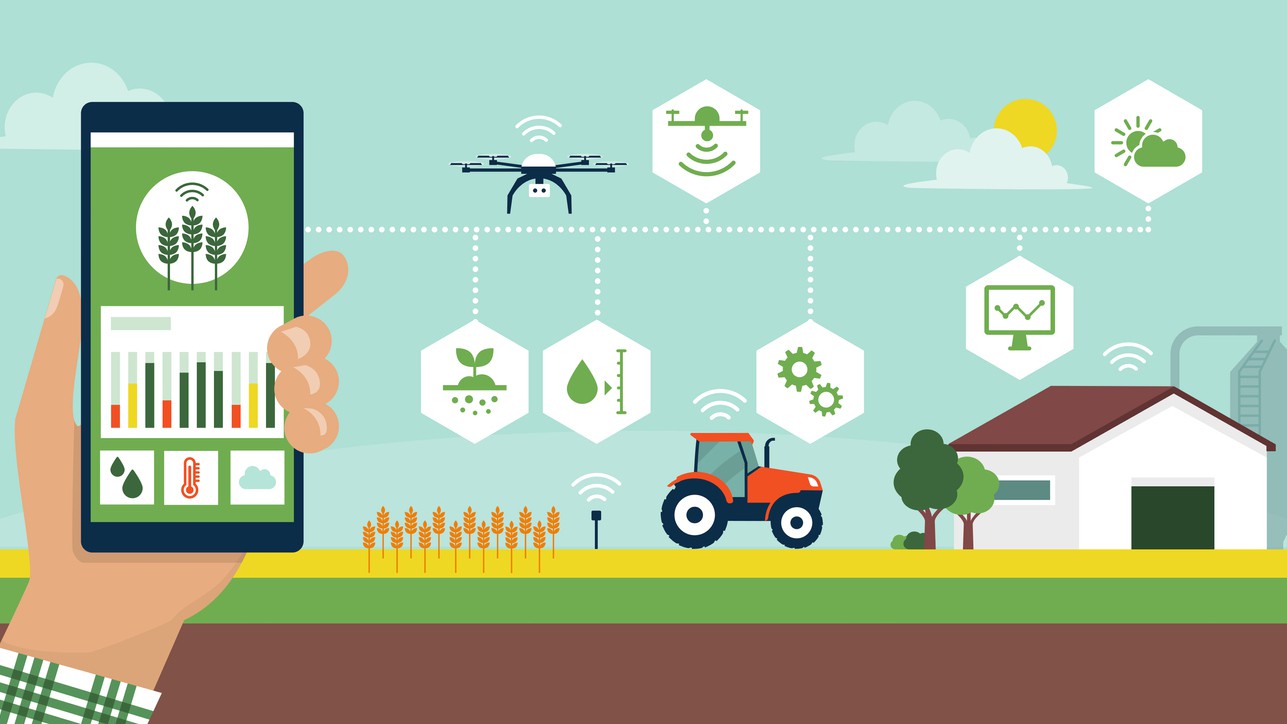How do you feed nearly 10 billion people by 2050? That’s the question on people’s minds as the current global population of 8 billion continues to grow. Many nations are looking to the world’s oceans for answers. We’ll be covering their efforts in aquaculture from what it is, the various forms, to the best computers for the task.
Countries turned to aquaculture in response. Today, around 50 percent of the seafood consumed worldwide is farm-raised. It is expected this figure will rise to 60 percent by 2030. This makes aquaculture the fastest growing form of food production in the world.
What Is Aquaculture?
Article Guide
Aquaculture, also known as aquafarming, is the controlled cultivation or “farming” of water-dwelling life fish, crustaceans, mollusks, algae, kelp, and seaweed. Aquaculture workers, sometimes called fish farmers, breed, rear, and harvest these organisms in all types of water environments from natural and artificial ponds to rivers, lakes, and even the sea.
Interesting Fact – Aquaculture’s Long History
People have been practicing aquaculture in one form or another for thousands of years. The Gunditjmara, an indigenous tribe in Australia, may have been raising short-finned eels for food as early as 6530 Before Present (BP). Their ancestors had developed a complex series of channels and dams in the lands around Lake Condah which they used to cultivate the eels to eat all year round.
There are stories both oral and written of the Chinese cultivating the common carp for food around 4,000 years BP. And the ancient Egyptians might have practiced aquaculture on Lake Bardawil around 3,520 years BP.
How Aquaculture May Solve Future Famines
Historically, people engage in aquaculture to raise food to eat. Today it’s even more important. According to the UN, there will be 9.7 billion people on the planet by 2050. While many nations look to innovate their agriculture to produce more yields, they’re also turning to the sea for sustenance.
Unfortunately, commercial fishing is insufficient to meet demand. There’s just not enough wild fish stocks to catch to meet people’s insatiable demands. It’s estimated that around 33 percent of wild fish stocks have already reached their biological limit (that is, they don’t have time to breed and grow before being fished again).
Many nations turned to the raising of aquatic animals and plants – aquaculture – to fill the ever-growing need. Nutrition-wise, seafood offers many benefits like omega-3 fatty acids, which promote heart and brain health. And only around 17 percent of the world’s food production comes from the sea, which accounts for 70 percent of the planet’s surface. This means a rich source of relatively inexpensive nutrition for huge numbers of people for decades to come, if not more.
Today’s Commercial Aquaculture
Commercial aquaculture is generally broken up into two broad categories.
Mariculture, commonly known as marine farming, refers specifically to aquaculture practiced in seawater habitats and lagoons. Marine fish farming is typically done in net pens in the water or in tanks on land.
In the United States, marine aquaculture produces numerous species including oysters, clams, mussels, shrimp, seaweeds, and lots of fish: salmon, black sea bass, sablefish, yellowtail, and pompano. Marine shellfish are farmed by “seeding” small shellfish on the seafloor or by growing them in bottom or floating cages.
Freshwater aquaculture primarily takes place in ponds, tanks, or other manmade systems. Catfish and trout are a couple of the more common fish raised for food in the US.
Aquaculture is further subdivided on the stock. Besides the typical fish farming (also called pisciculture), there are:
- shrimp farming
- oyster farming
- algaculture as seaweed / kelp farming
- the cultivation of ornamental fish
Tidal Interest in Aquaculture’s Future
As previously mentioned, aquaculture, also known as aquafarming, is the world’s fastest-growing food industry. Value in the five major markets for aquaculture (US, Europe, China, Russia, and Japan, is expected to reach $87.6 billion by 2025, growing at a compound annual growth rate (CAGR) of 4.9 percent from 2018 to 2025. This is echoed by Frost & Sullivan’s recent analysis which forecasts a CAGR of 4.3 percent in worldwide aquaculture by 2030.
“The aquaculture industry has fully recovered from the pandemic after facing the most intense impact in the first half of 2020,” said Frost & Sullivan research analyst Akheela Dhiman. “Further, the reopening of hotel, restaurant, and café (HORECA) in the second half and recovery in global household demand revived the industry. Increasing investment in smart farming and other technologies will provide detailed information on the nutrition, health, and environment of the species on the farm and will generate additional revenue streams.
Additionally, the development and adoption of many of these technologies across all supply chain components have led to robust farmed seafood production.”
Computers and Aquaculture
Fish farmers are applying the many techniques used in land-based agriculture to aquaculture. “Precision aquaculture,” the sea version of precision agriculture, uses technologies like drones and satellite imagery to improve fish farmers’ ability to monitor, control, and document key factors affecting fish production.
Feed is the single highest operating cost for fish farms. Companies have developed special underwater camera networks with pellet detection capability that can assess feed demand on a second-by-second basis. Aquaculture operators using artificial intelligence (AI) with species-specific fish satiation algorithms to analyze the resulting data. This results in highly accurate biomass estimates which helps them consider all feeling parameters like when to feed their farms, how much, what rate, or simply stop feeding a particular pen.
Machine vision algorithms are also being used. Interpreted by AI, they can identify parasites and diseases affecting fish automatically. This eliminates the need for manual lice counting, which is a stressful and inefficient process to both fish and operator while providing a more reliable indicator of fish health.
The harsh conditions of aquaculture has operators turning to industrial grade computers which have the capacity to effectively function in them.
- IP65 rated means industrial panel PCs are sealed from water whether it’s around a fish platform far out to sea or the freshwater found in water tanks of an inland aquafarm.
- Fanless rugged mini PCs keep cool without the use of moving fans. This prevents any dust or particulates like fish feed or salt spray from entering the PC and damaging interior components.
- The industrial components found in the construction of a rugged industrial tablet ensure it’ll be able to withstand the vibration and shock that can be found in aquaculture facilities. These include but are not limited to off-short platforms, ships, and even unmanned submersibles like underwater drones.
Closing Comment
To many nations aquaculture, or food production from the sea, may be the answer to the world’s growing population. Technology plays a big role in this fast-growing industry whether located in the open waters of the world’s oceans or in manmade tanks deep inland.
If your company is interested in how industrial grade computers can work with its efforts in aquaculture, contact a representative from Cybernet.
Also follow Cybernet on Facebook, Twitter, and Linkedin to stay up to date on this and other relevant topics.
How Barcode Scanning and Other Tools Can Create an Effective Food Recall Solution
January 5, 2021
It’s no shocker that food recalls are an expensive, efficiency draining occurrence for food and beverage manufacturers. With needing to trace back bad food batches to its source, the damaged brand reputation caused by…
0 Comments8 Minutes
4 Pieces of Food Waste Tech Transforming Food and Beverage Manufacturing
September 1, 2020
Production and manufacturing has been in the midst of a slow and meticulous metamorphosis the past few years. As innovations continue to push more supply chain visibility, automation, and efficiency, fat continues to be…
0 Comments10 Minutes
Blockchain for Food Safety: 4 Use Cases of Food Traceability and Control
June 23, 2020
When was the last time you sat down and really thought about where your food came from- What factories it traveled through, what processes the raw ingredients went through, how it was transported from farm to factory to…
0 Comments13 Minutes
You Can't
Learn from a Pop-up
But we can deliver knowledge to your inbox!
We dive deep in the industry looking for new trends, technology, news, and updates. We're happy to share them with you.
Knowledge, News, and Industry Updates Right in Your Inbox





